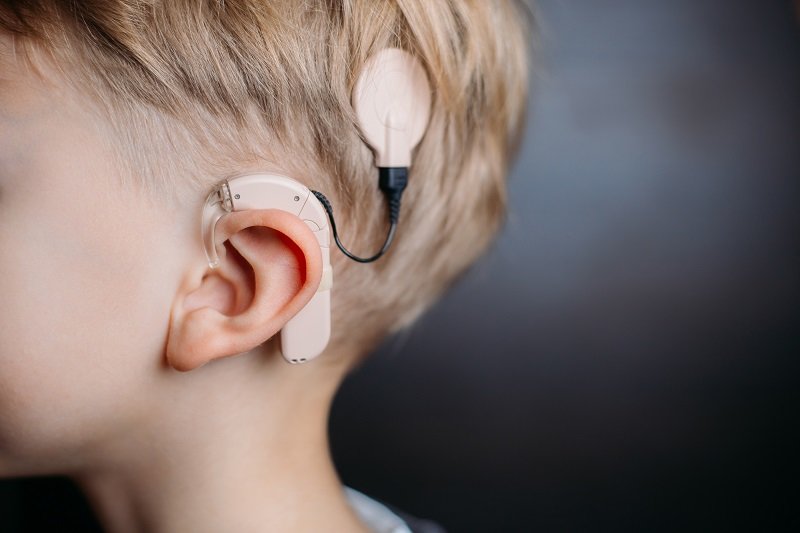COMPANY
INSIGHT

Exera medical wire and wire components: changing lives with middle ear implants
Until fairly recently, there weren’t many options for people with cochlear failure and hearing loss. But the production of medical-grade precision wire has helped change all that by allowing for minute devices including cochlear and middle ear implants and other life-changing treatments.
Until fairly recently, there weren’t many options for people with cochlear failure and hearing loss. But the production of medical-grade precision wire has helped change all that by allowing for minute devices including cochlear and middle ear implants and other life-changing treatments.
One of the companies producing the wire for these miracle devices is Swedish steel manufacturer and precision wire experts Sandvik. The company’s Exera ultra-fine medical wire and wire-based components are used in a wide array of medical devices due to the various configurations possible, combined with Sandvik’s expertise in metal materials and coatings. Wire components are customised to transmit, sense or stimulate within the human body, including the ear for hearing stimulation.
According to Gene Kleinschmit, senior product manager for Sandvik Materials Technology’s medical business unit, the Exera brand’s vital role in middle ear implants express Sandvik’s manufacturing expertise. Customers approach Sandvik with specifications for what they want their device to achieve, and Sandvik’s development team works with them to suggest and provide the appropriate materials, customisations and coatings.
For middle ear implants, this includes gold metal coils and insulating Polymer or PTFE coated wire for signal transmission. For cochlear implants, this may include alloys such as platinum-iridium alloys which are ultimately encased in silicone. The focus remains on providing components to manufacture the most effective hearing stimulation device to improve the quality of life and comfort for patients.

Exera ultra-fine medical wire and wire-based components are used in a wide array of medical devices.
For cochlear remediations, Sandvik provides Exera medical wire components to be used in cochlear implants, middle ear implants and bone-conducting systems. Middle ear implants are relatively new in the hearing stimulation field and are ideal for patients who would not benefit from sound amplification, especially those with sensorineural hearing loss. This type of hearing loss is not treatable, so hearing stimulation solutions must be life-long.
A complete middle ear implant is composed of an external processor and an internal, surgically placed implant. The audio processer converts sound into electrical signals, which are transferred to an internal receiver. Via a conductor link, the signal is sent to a floating mass transducer to be converted to vibrations against the middle ear structure. Exera medical wire and wire-based components plays the vital role of the transmitter in these devices, transmitting the sound signals to the bones of the middle ear via the receiver.
For this application, the fine metal wire is provided by Sandvik in a drawn to size and coated condition. Middle ear implants require a tightly coiled metal wire for sound transmission, with gold being a suitable and effective material for the stimulation. Polymer or PTFE coating is also used for middle ear implant components, which works as an insulator and protects the electric system within the device. Sensorineural hearing loss is caused by damage to the tiny hair cells in the inner ear, this may be due to various factors such as age, genetics, infection or noise damage, but as an untreatable condition, middle ear implants used for these conditions must use medical wire with high fatigue strength. Sandvik has a long history of expertise in stainless steel, precious metals and alloys, so they can work with medical device manufactures to customise hearing stimulation devices for long-term use.
The ability to manufacture such refined implants is indicative of how far hearing stimulation technology has come. Sandvik’s Exera medical components consists of ultra-fine and high quality wire configurations, providing reliable signal transmission for devices that will continue to evolve. Looking to the future, Kleinschmit predicts that cochlear and middle ear implants will advance and combine the external microphone with the implant. So far, the Exera branded wire components have already helped to improve the quality of life for many patients, and with technology continuing to improve, the Sandvik team will continue to collaborate with medical device designers, to make a better future.
